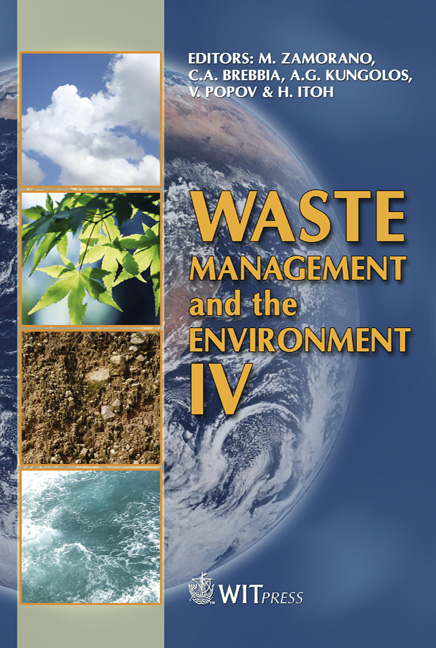The Fate Of Tc In A UK Intermediate-level Nuclear Waste Repository
Price
Free (open access)
Transaction
Volume
109
Pages
10
Page Range
579 - 588
Published
2008
Size
489 kb
Paper DOI
10.2495/WM080591
Copyright
WIT Press
Author(s)
N. Evans, R. Hallam, S. Aldridge & P. Warwick
Abstract
In the UK, tetraphenylphosphonium bromide (TPPB) has been used to remove technetium prior to disposal from some waste-streams by forming TPPBTc floc. If this floc were to be disposed of in a cementitious repository the TPPBTc would degrade by alkaline hydrolysis to triphenylphosphonium oxide, or by radiolysis to triphenylphosphine, releasing the Tc into solution. Its chemistry would be dominated by TcO4 in aerobic waters and sparingly soluble TcO2(s) in anaerobic. Repository heterogeneity could mean that both Tc(VII) and Tc(IV) are present simultaneously. If TcO4 - migrates into reducing conditions, ligands in the waste may complex with Tc during reduction to form water-soluble complexes. Also possible, is increased Tc solubility when organic ligands react with TcO2(s). Comparisons of Tc solubilities at high pH starting from TcO2 and from TcO4 - reduced in the presence of ligands were made. With EDTA and NTA no difference was observed, suggesting that Tc(IV)-ligand complexes were formed. For ISA and gluconic acid the Tc solubility starting from TcO4 - was higher than in systems with TcO2 as the starting point. This suggests that the TcO4 - was not reduced to TcO2, but an intermediate oxidation state complex was formed, e.g. Tc(V). The conditional stability constant for the Tc(IV)-gluconic acid complex has been determined to be log β = 26.6 ± 0.2. Keywords: technetium, redox, high pH, nuclear waste repository, EDTA, ISA, gluconic acid. 1 Introduction The currently preferred UK option for the management of intermediate-level radioactive waste (ILW) is to store it in a deep underground repository. This may then be backfilled with a cementitious material. Once closed, the repository will
Keywords
technetium, redox, high pH, nuclear waste repository, EDTA, ISA, gluconic acid.





